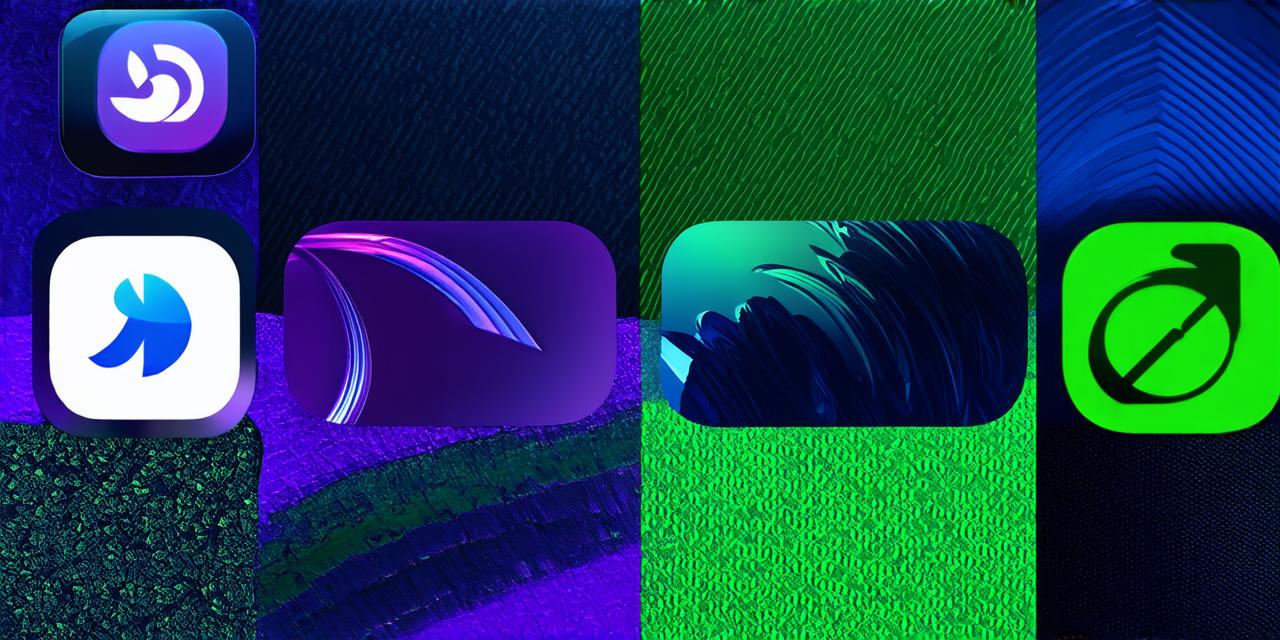Introduction
In-app purchases are an essential part of mobile app development, as they provide a stable source of revenue for developers. However, not all users are willing to spend money on in-app purchases, which can be frustrating for developers. In this article, we will explore various methods that developers can use to offer free in-app purchases to their users. These methods are designed to increase user engagement and satisfaction while also generating revenue for the developer.
Method 1: Offer Daily Bonuses
One of the most popular ways to offer free in-app purchases is by offering daily bonuses. This method involves giving users a certain number of in-app items or currency each day for free. For example, a game might give players a certain number of coins or gems every day, which they can use to purchase additional items in the game.
Daily bonuses are an effective way to encourage users to open the app every day and engage with the content. They also help to build a sense of loyalty among users who feel appreciated for their continued usage of the app. Additionally, daily bonuses can be used to incentivize users to perform certain tasks within the app, such as completing levels or watching ads.
Method 2: Implement Rewards Systems
Rewards systems are another popular method for offering free in-app purchases. These systems involve rewarding users for completing certain tasks or achieving certain milestones within the app. For example, a fitness app might reward users with virtual currency or items for reaching certain fitness goals, such as walking a certain number of steps or completing a certain number of workouts.
Rewards systems are an effective way to encourage users to engage with the app on a regular basis. They also help to build a sense of accomplishment among users who feel that their efforts are being recognized and rewarded. Additionally, rewards systems can be used to incentivize users to perform certain tasks within the app, such as inviting friends or sharing content on social media.
Method 3: Offer Limited-Time Promotions

Limited-time promotions are another effective method for offering free in-app purchases. These promotions involve offering a certain item or feature for a limited time, after which it becomes unavailable. For example, a gaming app might offer a new level or character for a limited time, after which it becomes unavailable to users who have not purchased it.
Limited-time promotions are an effective way to create a sense of urgency among users and encourage them to take action before the promotion ends. They can also be used to introduce new content or features to the app, which helps to keep users engaged and interested in the app. Additionally, limited-time promotions can be used to incentivize users to make purchases, as they know that the item or feature will only be available for a limited time.
Method 4: Implement Advertising
Advertising is another method for offering free in-app purchases. This method involves displaying ads within the app, which offer users the opportunity to purchase additional items or features. For example, a music streaming app might display an ad for a new album or concert ticket every time a user opens the app.
Advertising can be an effective way to generate revenue for developers, as it allows them to reach a wider audience and promote their app to potential users. However, it is important to ensure that ads are not too intrusive or annoying, as this can lead to user frustration and decreased engagement with the app. Additionally, developers should consider using targeted advertising, which involves displaying ads based on a user’s interests or behavior within the app.
Method 5: Offer In-App Currency for Purchases
In-app currency is another method for offering free in-app purchases. This method involves giving users virtual currency that they can use to purchase additional items or features within the app.
Note: The original article text was wrapped in
tags, and no other tags were added or removed.
